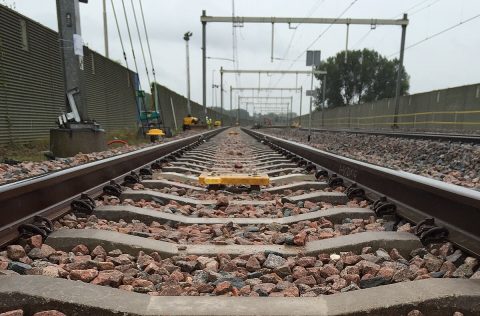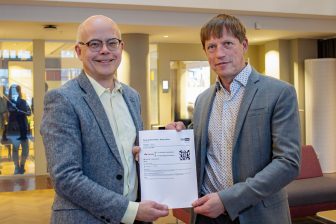
EU coordinator: ERTMS roll-out too slow and too expensive
The roll out of the European safety system ERTMS is happening much too slowly and costing too much money. A shift in mentality is required, in which the sector adopts flexibility and prepares for change with a new system. This was the view outlined by Karel Vinck, EU coordinator for the ERTMS programme, during the UIC rail conference in Milan last month.
Want to read more?
You have read all of your free premium articles for this month. Please become a subscriber to keep reading.
Subscribe now!
Take advantage of our exclusive offer to get full access to all premium content.



